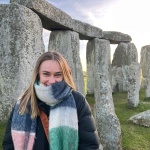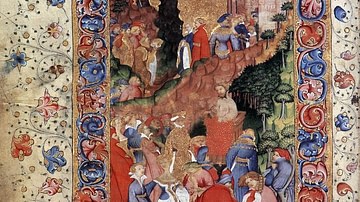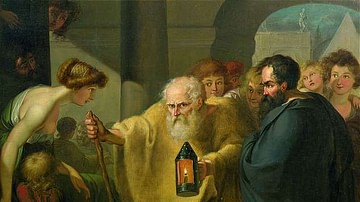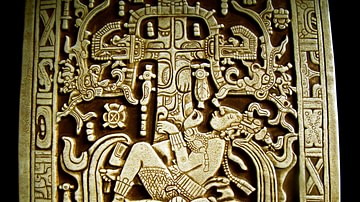Video
About the Author
Cite This Work
APA Style
Macquire, K. (2022, December 18). Ancient History of Winter Solstice Traditions and Sites. World History Encyclopedia. Retrieved from https://www.worldhistory.org/video/2886/ancient-history-of-winter-solstice-traditions-and/
Chicago Style
Macquire, Kelly. "Ancient History of Winter Solstice Traditions and Sites." World History Encyclopedia. Last modified December 18, 2022. https://www.worldhistory.org/video/2886/ancient-history-of-winter-solstice-traditions-and/.
MLA Style
Macquire, Kelly. "Ancient History of Winter Solstice Traditions and Sites." World History Encyclopedia. World History Encyclopedia, 18 Dec 2022. Web. 15 Apr 2025.







